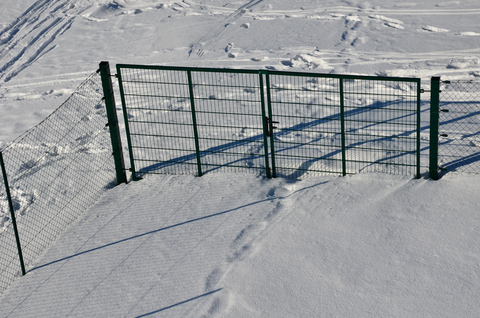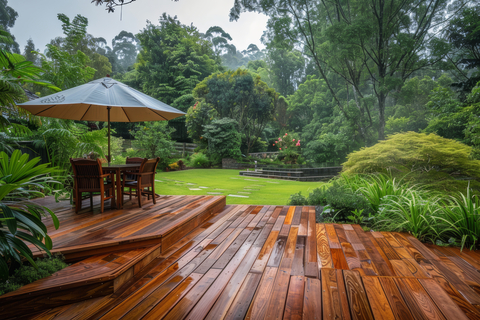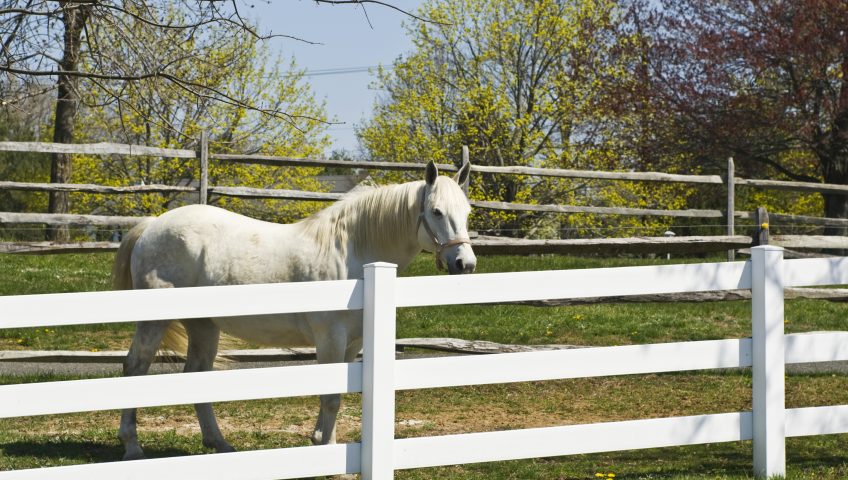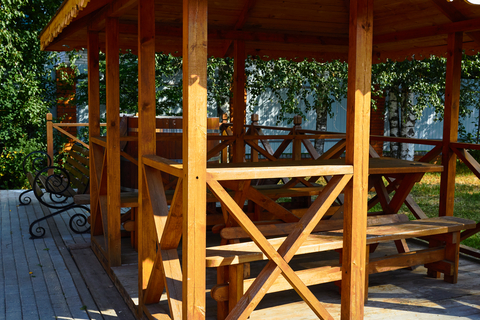7 Tips to Protect Your Deck from Termite Infestation
Published on 27 November 2023
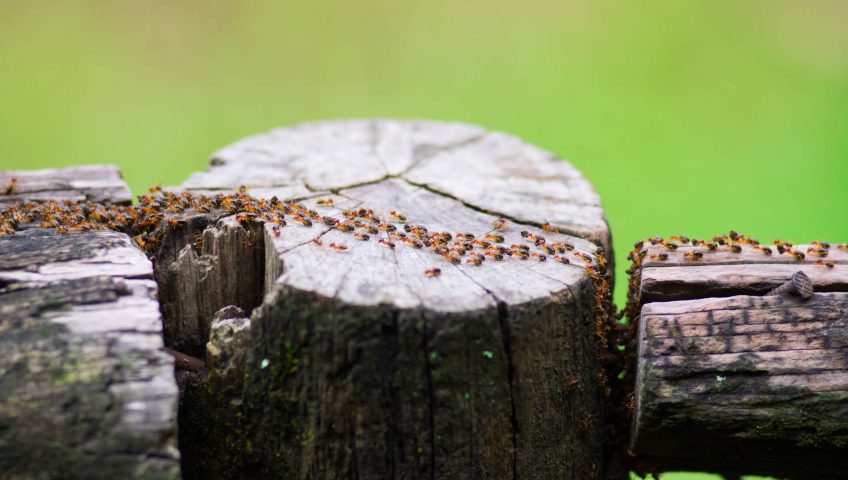
How To Protect A Timber Deck From Termites?
Your deck is an essential part of your outdoor living space, but it’s not immune to the threat of termite infestations. Termites can silently wreak havoc on your deck’s structural integrity, leading to costly repairs. We’ll help you understand the risks, identify signs of termite damage, and provide seven essential tips to protect your deck from termite infestation.
Understanding Termite Infestations
Termites are tiny, destructive insects that feed on cellulose, which is found in wood. They can invade your deck’s wooden components, causing extensive damage over time. Understanding the enemy is the first step in protecting your investment.
Termites can enter your deck through the ground, and once they infest, they can chew through wood, causing structural instability. Being able to recognise these pests and the damage they cause is crucial to effective termite prevention.
Signs of Termite Damage on Your Deck
Knowing the signs of termite damage is key to early detection. By catching infestations before they become severe, you can save your deck from extensive destruction. Keep an eye out for telltale signs like:
– Hollow-sounding wood
– Small holes or tunnels in the wood
– Buckling or sagging deck boards
– Discarded wings around the deck
– Accumulations of termite droppings (frass)
Recognising these indicators can help you act promptly and prevent further damage.
7 Proven Strategies to Prevent Termite Infestation
To safeguard your deck from termites, we’ve compiled seven proven strategies for termite prevention. These practical tips include:
– Regular inspections
– Using termite-resistant materials
– Proper deck design
– Implementing chemical barriers
– Moisture control
– Termite bait stations
– Seeking professional help
How to Choose Termite-Resistant Deck Materials
When it comes to selecting termite-resistant deck materials, you have several options to consider. Naturally resistant woods, such as cedar, redwood, and cypress, are known for their inherent resistance to termites due to the natural oils and compounds they contain. These woods act as a deterrent, making it challenging for termites to infest them.
Additionally, composite decking materials, which are made from a blend of wood fibres and plastic, offer termite resistance while requiring less maintenance than traditional wood.
Furthermore, pressure-treated lumber, treated with chemicals that deter termites, is another viable choice for termite-resistant decks.
Choosing the right material depends on factors like your budget, aesthetic preferences, and desired maintenance level, but all these options can significantly reduce the risk of termite damage when used appropriately during the construction or renovation of your deck.
There are many benefits to using composite decking such as cost efficiency, lower maintenance and performance of the decking.
Regular Maintenance for a Termite-Free Deck
Maintaining your deck is a vital step in ensuring it remains termite-free. Regular upkeep not only enhances the longevity and appeal of your outdoor space but also creates an environment that is less inviting to termites. To achieve this, you should schedule routine inspections to check for any signs of damage or infestations, addressing them promptly if detected.
Additionally, sealing and staining your deck can create a protective barrier that discourages termites. Learning how to clean your composite decking makes your deck less appealing to these destructive pests.
DIY vs. Professional Termite Prevention
Choosing between DIY termite prevention and professional services can indeed be a difficult decision. DIY methods offer the advantage of being cost-effective and allowing homeowners to take a proactive role in safeguarding their decks. However, they may require substantial time and effort, and the effectiveness can vary depending on the products and techniques used.
On the other hand, professional termite prevention services provide expertise and assurance, often with warranties. While they can be more expensive, they can save you time and offer a higher level of protection.
What to Do If Your Deck Has Termite Damage
Assessment of Damage
Begin by thoroughly inspecting your deck to assess the extent of termite damage. Identify areas where termites have caused structural weakening, wood decay, or surface damage. Take note of the severity of the infestation.
Identify Affected Areas
Mark the specific areas where termite damage is present. This will help you in planning the restoration process and ensure that no damaged sections are overlooked.
Isolation and Quarantine
If the infestation is extensive, consider isolating the damaged parts. Remove any furniture or objects from the affected areas to make the restoration process easier.
Repairs or Replacements
Based on the severity of the damage, decide whether repairs or replacements are necessary. Minor surface damage can often be repaired with wood fillers, but extensive structural damage may require you to replace entire sections of your deck.
Replace Compromised Wood
Remove and replace any severely damaged or weakened wooden components, such as boards, beams, or posts. Use termite-resistant materials for replacements to minimise the risk of future infestations.
Strengthen the Structure
Reinforce the structural integrity of your deck by adding support or bracing to areas that may have been weakened by termites. This step is crucial for safety and long-term stability.
Moisture Control
Address any moisture issues that may have contributed to the termite infestation. Ensure proper drainage and ventilation to prevent future termite attraction.
Preventive Measures
After restoration, implement preventive measures to safeguard your deck from future termite infestations. This can include regular inspections, termite barriers, and using termite-resistant materials.
Regular Maintenance
Maintain a consistent schedule for deck maintenance, including sealing, staining, and inspecting for signs of termites. This proactive approach will help you detect and address issues before they escalate.
By following these steps and being diligent in your efforts, you can successfully address termite damage and restore your deck to its former condition, ensuring it remains a beautiful and safe outdoor space for years to come.
How We Can Help
Ready to safeguard your deck from termites? Thankfully, termites are quite rare in the UK, however, they are still a threat that can cause costly damage to your wooden decking. Linnell Bros can provide you with custom wooden or composite decking to improve the overall look and feel of your outside space. Contact us today and take control of your decking and keep pests at bay.



